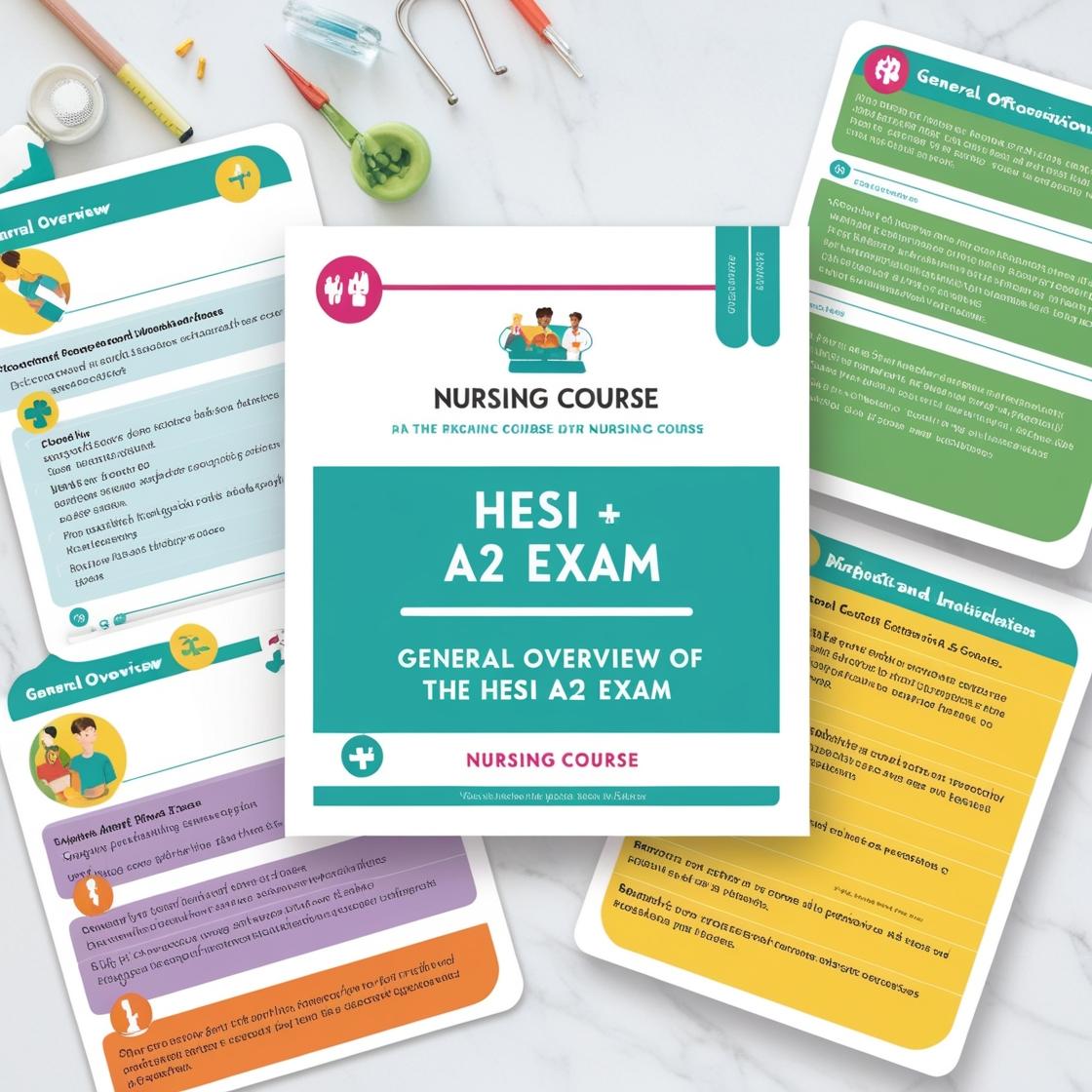HESI A2
Anatomy and Physiology Hesi A2 Practice Test
1. Which lobe of the brain is primarily responsible for processing sensory information related to touch, temperature, and body position?
- A. Frontal lobe
- B. Parietal lobe
- C. Occipital lobe
- D. Temporal lobe
Correct answer: B
Rationale: The parietal lobe is primarily responsible for processing sensory information related to touch, temperature, and body position. It plays a crucial role in interpreting sensations from different parts of the body, including proprioception, which is the awareness of body position. The frontal lobe is more associated with functions like decision-making and personality, the occipital lobe is primarily involved in visual processing, and the temporal lobe is responsible for auditory processing and memory. Therefore, the parietal lobe is the correct answer for this question.
2. Which organelle in the cell contains the genetic material?
- A. Ribosome
- B. Nucleus
- C. Mitochondria
- D. Endoplasmic reticulum
Correct answer: B
Rationale: The correct answer is B, Nucleus. The nucleus is the organelle in the cell that contains the genetic material (DNA). DNA within the nucleus determines the cell's functions and characteristics, making it essential for cell function and replication. Choice A, Ribosome, is responsible for protein synthesis, not genetic material storage. Choice C, Mitochondria, produces energy but does not contain the genetic material. Choice D, Endoplasmic reticulum, is involved in protein synthesis and lipid metabolism but does not house the genetic material.
3. The motor cortex helps the brain by monitoring and controlling the body's movement. Where is the motor cortex located within the brain?
- A. Back of the head
- B. Top middle portion of the parietal lobe
- C. Front portion of the parietal lobe
- D. Around the auditory cortex
Correct answer: C
Rationale: The correct answer is C: Front portion of the parietal lobe. The motor cortex is located in the frontal lobe, specifically in the front portion of the parietal lobe. It is responsible for planning, controlling, and executing voluntary movements. Choices A, B, and D are incorrect as the motor cortex is not located at the back of the head, top middle portion of the parietal lobe, or around the auditory cortex.
4. Which cellular structure is responsible for producing energy?
- A. Nucleus
- B. Mitochondria
- C. Ribosome
- D. Golgi apparatus
Correct answer: B
Rationale: Mitochondria are the organelles responsible for producing energy in the cell through a process called cellular respiration. They are often referred to as the powerhouses of the cell due to their role in generating ATP, the cell's energy currency. The nucleus is not involved in energy production but houses the cell's genetic material. Ribosomes are responsible for protein synthesis, not energy production. The Golgi apparatus is involved in processing and packaging proteins for secretion, not energy production.
5. A person who has damage to their ulnar nerve will have decreased sensation in which part of the body?
- A. Hand
- B. Arm
- C. Leg
- D. Foot
Correct answer: A
Rationale: Corrected Rationale: Damage to the ulnar nerve typically results in decreased sensation in the hand, particularly affecting the little finger and half of the ring finger. The ulnar nerve innervates the hand and is responsible for providing sensation to these areas. This nerve does not extend to the leg or foot, so choices C and D are incorrect. While the ulnar nerve travels through the arm, its primary sensory impact is felt in the hand, making choice B less specific and therefore not the best answer.
Similar Questions

Access More Features
HESI A2 Basic
$89/ 30 days
- 3,000 Questions with answers
- 30 days access @ $89
HESI A2 Premium
$129.99/ 90 days
- Actual HESI A 2 Questions
- 3,000 questions with answers
- 90 days access @ $129.99
